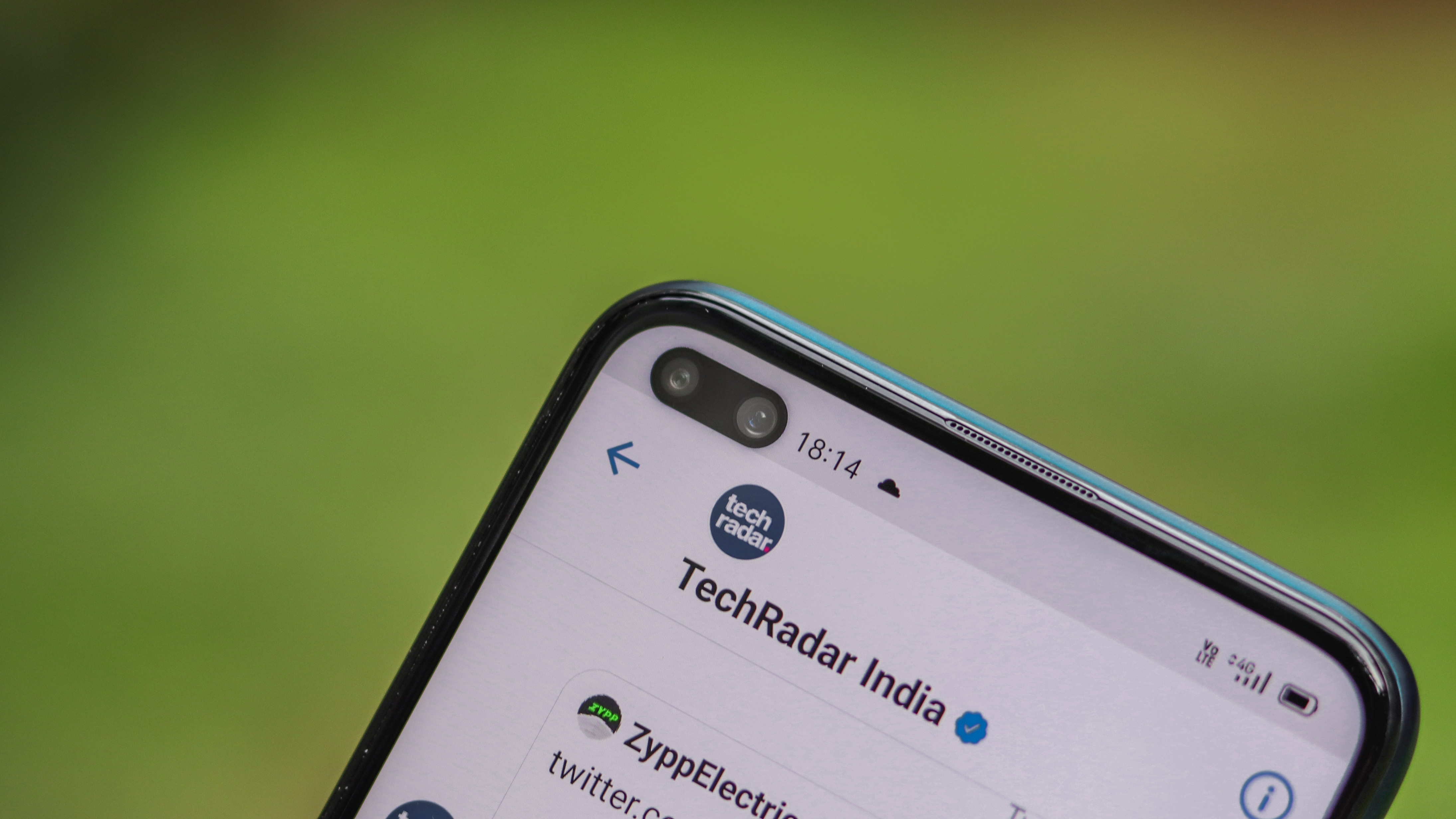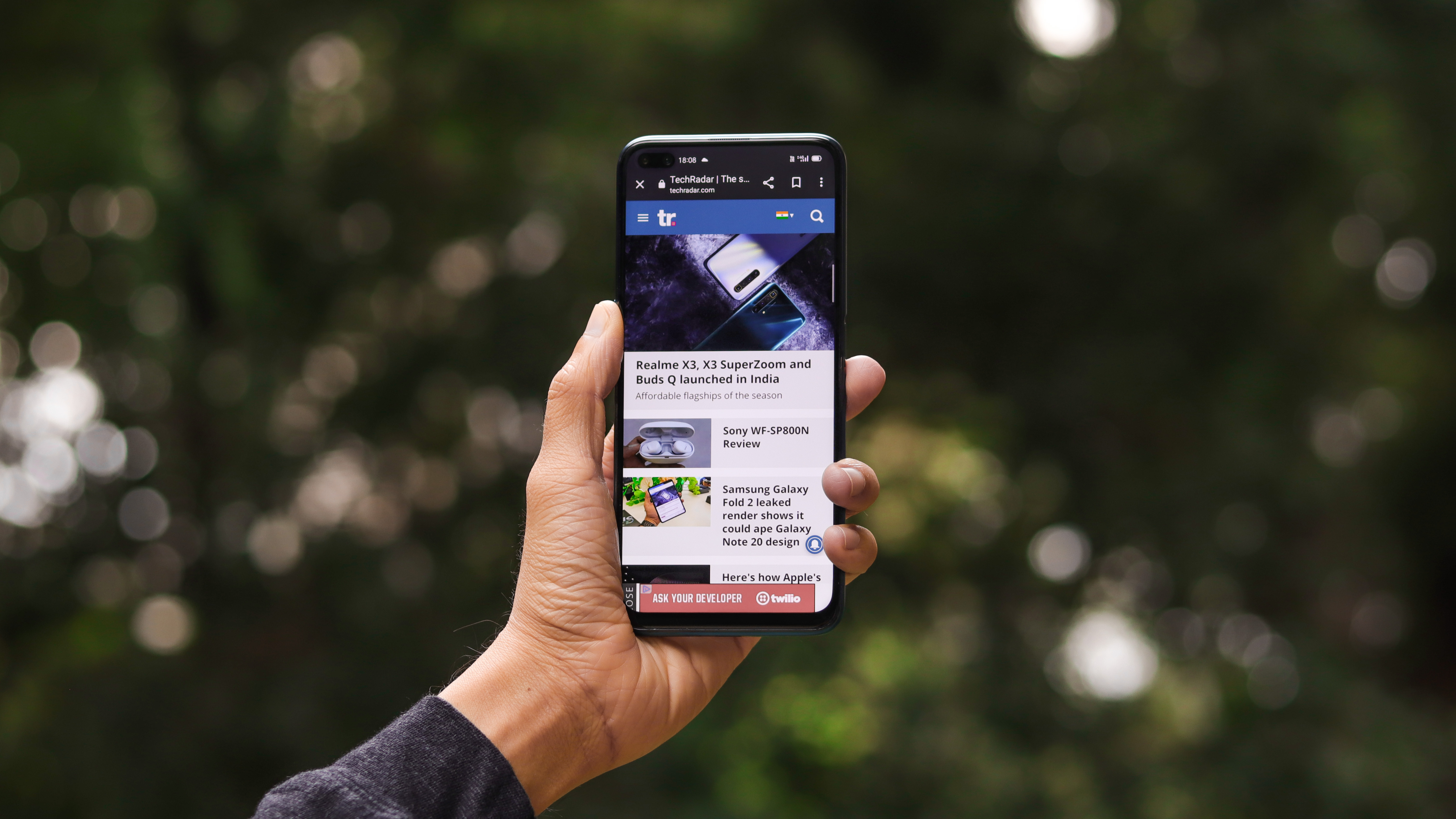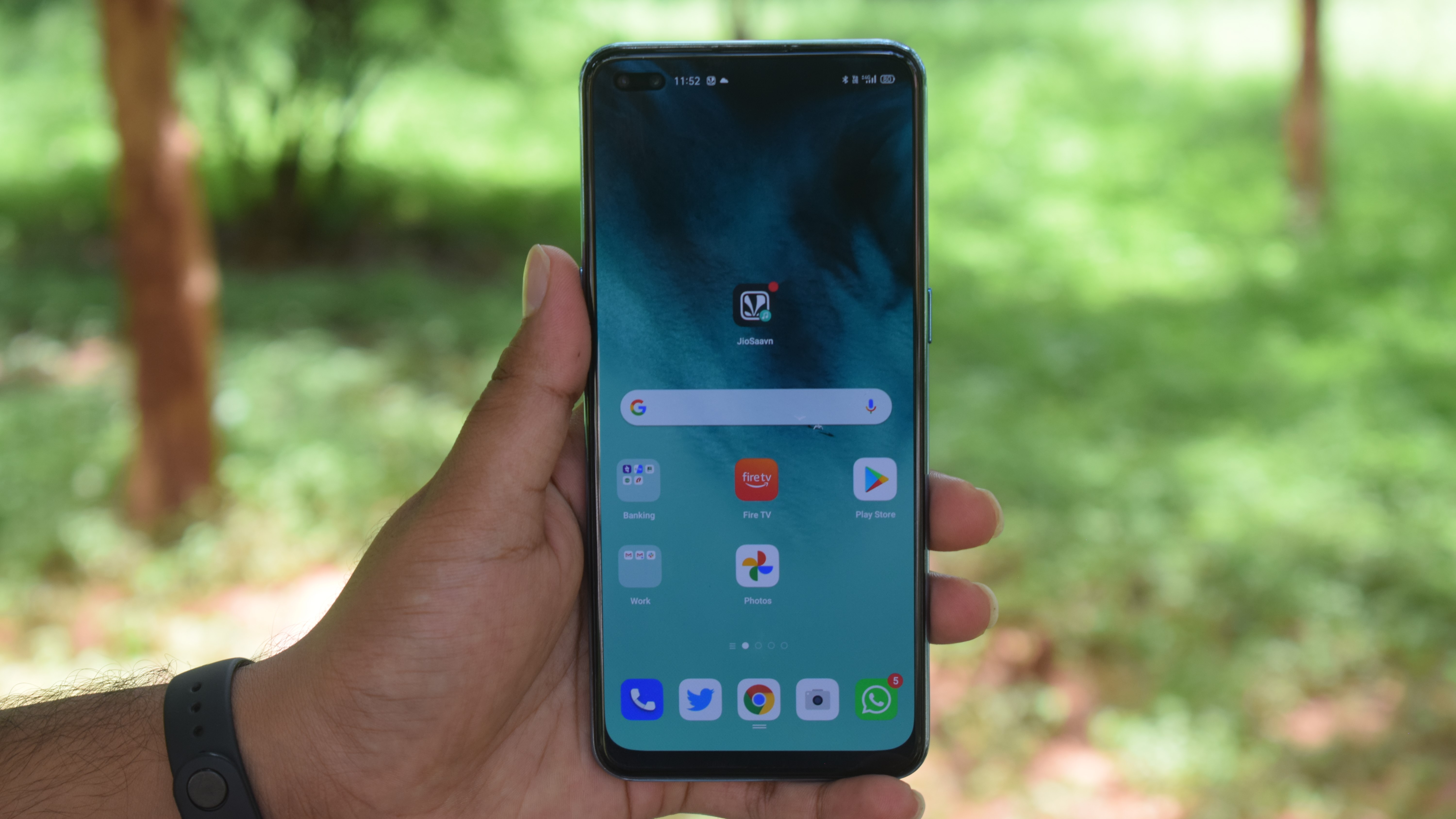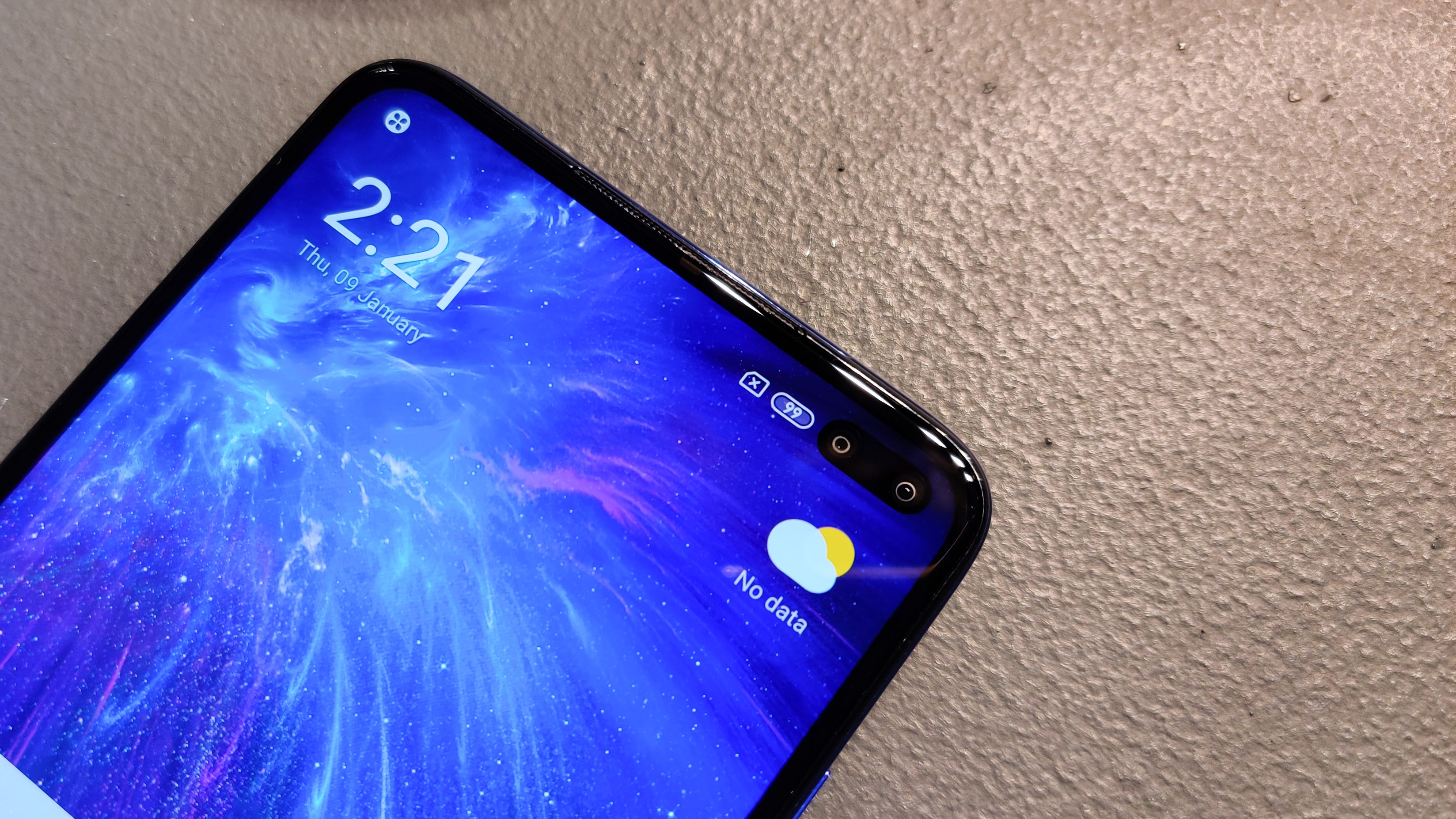Best phones with dual selfie cameras in India for all budgets
Quest of a perfect selfie

A phone’s rear camera is used to capture important moments like videos or still images from your point of view, the front camera makes you part of that moment. And since these moments can be with family, loved ones, friends or even once in a lifetime opportunity with your favourite star or a sports person, hence it becomes all the more important that the phone should have a good selfie camera.
Let us add a small trivia here. Can you name the first smartphone with a selfie camera? It was made by a Japanese company Kyocera VP-210 back in the year 1999. Though Wikipedia counts the Motorola A920 released in the year 2003 as the first selfie camera phone.
And to put things into perspective, the VP-210 came with a 110,000-pixel sensor that translates to 0.11MP in the current scenario. From the likes of Kyocera VP-210 and Motorola A920, the selfie camera on a phone has seen a world of a change. We not only have phones with a far more powerful front-facing camera but the year 2020 has seen phones with dual selfie cameras going mainstream.
In this list, we will have a look at a few of the best phones with dual-selfie cameras in India, filtered based on their pricing. The list includes phone from Oppo, a brand that has always emphasized on selfie camera experience, but Poco, OnePlus and a couple of phones from Realme as well.

Specifications
Reasons to buy
Reasons to avoid
One of the first few 5G phones to be launched in the country, the Realme X50 Pro 5G also comes with a couple of selfie cameras on the front. It houses a 32-megapixel primary selfie camera coupled with an 8-megapixel ultra-wide sensor.
The Realme X50 Pro houses a 6.44-inch Super AMOLED panel with a Full HD+ (2400 x 1080 pixels) resolution and a 90Hz refresh rate. It is powered by a flagship Qualcomm Snapdragon 865 chipset, that lends it 5G connectivity, paired with up to 12GB RAM and 256GB UFS 3.0 storage.
On the rear, there is a 64-megapixel primary camera with an 8MP ultra-wide-angle lens, a 13-megapixel telephoto lens with 20x hybrid zoom and a 2-megapixel monochrome lens for portrait mode. There is a 4,200mAh battery that supports 65W SuperDart fast-charging standard and can charge the battery to full in just 35 minutes.
Read our Realme X50 Pro 5G review
Check out the Realme X50 Pro 5G on Flipkart

Specifications
Reasons to buy
Reasons to avoid
The Realme X3 SuperZoom is probably the only smartphone in this list that is extremely focused on its camera performance. On the front, it has a 32-megapixel Sony selfie camera coupled with an 8-megapixel ultra-wide shooter with a 105-degree field-of-view.
While on the back it houses a 64-megapixel primary camera, along with an 8-megapixel optically stabilized periscopic 5x telephoto lens, a 2-megapixel macro shooter and an 8-megapixel ultra-wide lens with a 115-degree field-of-view.
In terms of technical specifications, it houses a 6.5-inch LCD panel with a 120Hz refresh rate, Snapdragon 855+ chipset with 12 GB of RAM and 256GB of UFS 3.0 storage. The phone is powered by a 4,200 mAh battery and supports 30W Dart charging over USB Type-C.
Read our Realme X3 SuperZoom review
Check out the Realme X3 SuperZoom on Flipkart

Specifications
Reasons to buy
Reasons to avoid
OnePlus Nord offers all the good things from OnePlus along with a dual selfie camera at a slightly affordable price. The phone comes with a 32-megapixel and an 8-megapixel selfie camera module. The secondary camera here is a wide-angle shooter that helps you capture a wider perspective and immersive selfies.
Other key specifications include a 6.44-inch Fluid AMOLED display with 90Hz refresh rate. Powering the phone is a 5H capable Snapdragon 765G processor coupled with up to 12GB of RAM and 256GB of internal storage. The phone draws power from a 4,115mAh battery with 30W fast charging and runs on Android 10.
Though the pricing of the OnePlus Nord starts at Rs. 24,999 for the 6GB 64GB variant it is suggested to go for the ones with higher storage options.
Check out our OnePlus Nord review
Check our the OnePlus Nord on Amazon

Specifications
Reasons to buy
Reasons to avoid
The latest kid in the block, the Oppo F17 Pro comes with a dual selfie camera like all other devices in the list, however, the camera experience is boosted several notches higher thanks to the several AI-powered modes. There is a 16-megapixel primary camera and a 2-megapixel depth sensor housed in a pill-shaped notch.
On the rear as well, the phone has a quad-camera setup with the primary sensory being the 48-megapixel shooter along with an 8-megapixel ultra-wide sensor coupled with two 2-megapixel mono sensors. Other key specifications include a 6.43-inch Full HD+ Super AMOLED panel, octa-core MediaTek Helio P95 with an anti-lagging solution coupled with 8 GB of RAM and 128GB of storage. Since it’s an Oppo device, it comes with a 30W Vooc 4.0 Flash Charge technology that charges the 4,000mAh battery in 53 minutes flat.
Check out our Oppo F17 Pro Review
Check out the Oppo F17 Pro on Amazon | Flipkart

Specifications
Reasons to buy
Reasons to avoid
Poco X2 marks the revival of the Poco brand after being dormant for over a year and a half. Thanks to it’s an impressive set of specifications, 120 Hz display, a quad-camera setup with the primary sensor being the 64-megapixel shooter and a premium glass sandwich design, the Poco X2 is a serious contender of being the best smartphone under the sub-Rs.20,000 price segment.
However, to add more value to the already existing phone is its dual-selfie camera setup including a 20-megapixel selfie shooter coupled with a 2-megapixel depth sensor housed in a punch-hole display.
Though the phone is touted to be a gamers' favourite, you’d definitely enjoy clicking pictures from both the rear camera setup and the front dual-camera module.
Check out our Poco X2 review
Check out the Poco X2 on Flipkart
Sign up for breaking news, reviews, opinion, top tech deals, and more.

Jitendra has been working in the Internet Industry for the last 7 years now and has written about a wide range of topics including gadgets, smartphones, reviews, games, software, apps, deep tech, AI, and consumer electronics.